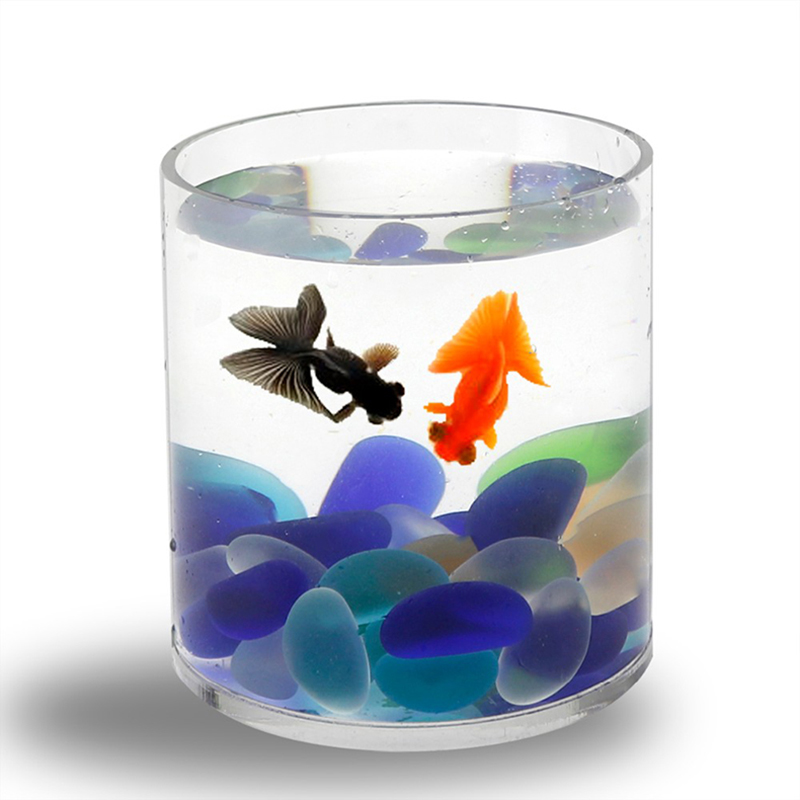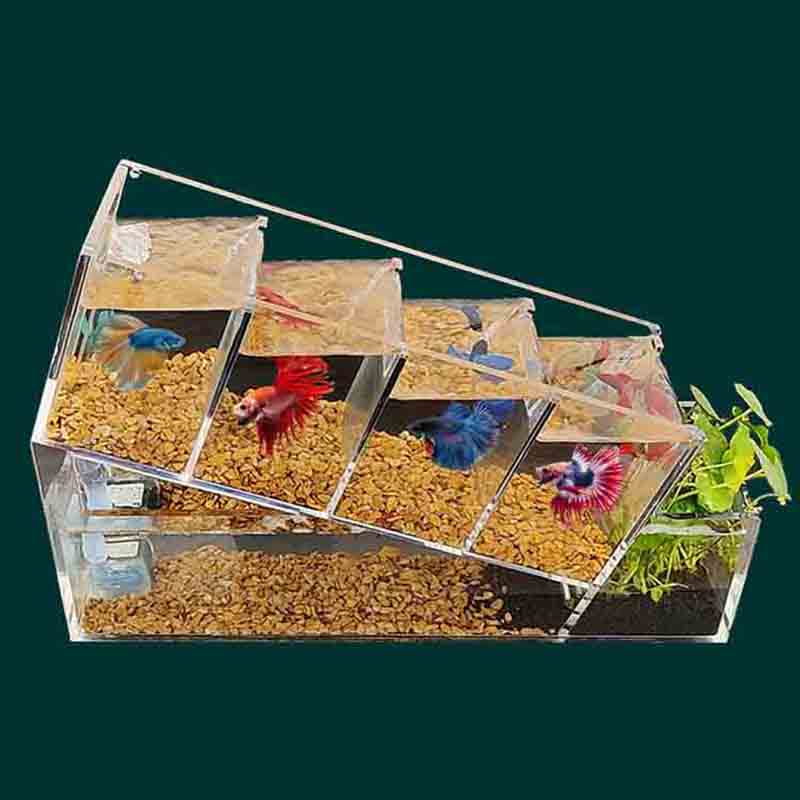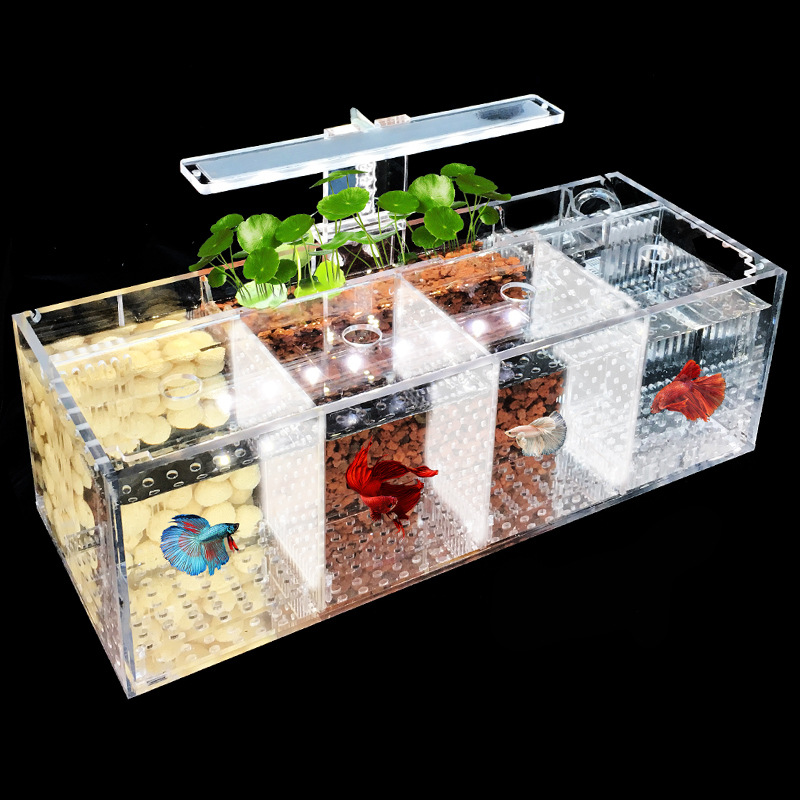Acrylic display stands have become an integral part of various industries, from retail stores to trade shows, due to their versatility, transparency, and modern aesthetic appeal. When it comes to determining the selling price of acrylic display stands for sale, multiple factors come into play.
I. Factors Affecting the Price
A. Material Quality
The quality of acrylic used is a fundamental factor. High - grade acrylic, such as extruded or cast acrylic, offers better clarity, durability, and resistance to scratches and yellowing over time. Cast acrylic, in particular, is known for its superior optical properties and is often more expensive than extruded acrylic. Cheaper acrylic may have lower transparency, be more prone to damage, and give a less professional look, which can significantly impact the price of the final display stand.
B. Size and Complexity
The size of the acrylic display stand is a major determinant of its price. Larger stands require more raw materials and more time to manufacture. For example, a small counter - top display stand may cost significantly less than a large floor - standing display unit. Additionally, the complexity of the design also matters. A simple, rectangular display stand with basic features will be less expensive to produce than a custom - made, multi - tiered, or intricately shaped stand. Complex designs may involve additional cutting, shaping, and assembly processes, which increase labor costs.
C. Customization
Customization is another factor that can drive up the price. If a customer requests specific colors, finishes, or branding elements on the display stand, the manufacturer will need to invest additional resources. For instance, adding a logo through screen - printing or laser - engraving requires specialized equipment and expertise. Custom - shaped stands that are designed to fit a particular product or space also require more precise manufacturing techniques, thus increasing the overall cost.
D. Quantity
The quantity of display stands ordered has a direct impact on the unit price. When ordering in bulk, manufacturers can benefit from economies of scale. They can purchase raw materials at a lower cost per unit and streamline the production process. As a result, the unit price of each acrylic display stand will be lower compared to a single or small - quantity order. For example, a store ordering 100 display stands may get a better price per stand than a business ordering only 10.
II. Price Ranges
A. Low - End Prices
Low - end acrylic display stands typically start from around $10 - $50. These are usually small, simple designs made from lower - quality acrylic. They may be basic counter - top displays with minimal features, such as a single - tier stand for displaying small items like jewelry or cosmetics. These stands are often mass - produced and are suitable for businesses on a tight budget or for short - term promotional use.
B. Mid - Range Prices
Mid - range acrylic display stands usually fall in the price range of $50 - $200. These stands are of better quality and may have more complex designs. They could be multi - tiered counter - top displays or small floor - standing units. They are often made from higher - grade acrylic and may include some degree of customization, such as a simple logo or a unique shape. These stands are popular among medium - sized businesses for regular in - store product displays.
C. High - End Prices
High - end acrylic display stands can cost $200 or more. These are custom - made, large - scale, and highly detailed display units. They are often used in high - end retail stores, luxury brand showcases, or at major trade shows. For example, a large, multi - tiered, illuminated acrylic display stand with advanced branding and a complex design can cost several thousand dollars. These stands are crafted with the highest quality materials and the most precise manufacturing techniques to create a stunning visual impact.
III. Market Trends and Pricing
The market for acrylic display stands is constantly evolving. Technological advancements in acrylic manufacturing and finishing processes are gradually reducing production costs in some cases, which can lead to more competitive pricing. However, the growing demand for high - quality, custom - made display stands is also driving up prices in the premium segment.
Global economic factors, such as fluctuations in the price of raw materials and labor costs, can affect the selling price of acrylic display stands. For example, if the price of acrylic resin increases due to supply - chain disruptions or changes in the petrochemical market, manufacturers may have to pass on these costs to customers.
The selling price of acrylic display stands for sale is determined by a combination of factors including material quality, size, complexity, customization, and quantity. Businesses need to carefully consider their needs and budget when choosing an acrylic display stand, as there is a wide range of options available at different price points to meet various requirements. Whether it’s a simple, cost - effective display for a small business or a high - end, custom - made showcase for a luxury brand, understanding these pricing factors is essential for making an informed purchasing decision.








